AN ALL-YOU-NEED-TO-KNOW GUIDE TO HINDI CINEMA’S MOST POPULAR GENRE, FROM SONG AND DANCE TO THE STORYLINES
by ASJAD NAZIR
When it comes to Bollywood coverage, Eastern Eye has been a world leader, delivering everything from A-list interviews to historical features and compelling cinematic lists that have received global media coverage.
The most popular theme in Hindi cinema has of course been romance, which means there has been plenty of Bollywood love in the most established British Asian newspaper since its inception.
So, with that in mind and to celebrate the 1500th issue, Eastern Eye presents an all you need to know A to Z of Bollywood love and romance. So turn down the lights, get comfortable and read on.
A is for Adulation: The most popular romantic heroes haven’t just got lucky onscreen, but have also found the most love from adoring fans off-screen. That is perhaps why countless leading men have been launched into Bollywood in a big way with romances. The hero who received the most adulation after his breakthrough romance became a huge success was Rajesh Khanna. He experienced the kind of mania not seen in Bollywood, including female fans marrying his photo after seeing him in Aradhana.
B is for Bravery: The one thing most Bollywood love stories have in common is the protagonists needing to step up and show bravery in some way. Whether it is couples having the courage to stand up to their parents, covering up a broken heart, willing to die for the one they love or taking a courageous step like leaving all their wealth; being brave has been stamped on romances since the very beginning.
C is for Coupling up: Many lead stars have fallen in love with each other in real life after romancing one another on screen. This phenomenon can be traced right back to the silent era, which has also included already married stars hooking up while acting in love stories. What most of these romances have had in common is that they haven’t lasted.
D is for Dance: A major part of the wooing process in Bollywood romances is couples dancing together or in some instances, for each other. The dances have added a sex-factor to love stories, especially at a time when strict censor laws didn’t allow any bedroom scenes and been a metaphor for liberation. Dance has also given powerful romantic moments like Madhubala’s defiant Pyar Kiya Toh Darna Kya song in Mughal-e-Azam.
E is for Eloping: For the longest time, many onscreen couples who couldn’t be with each other would elope and start a new life together. But then everything changed with the blockbuster hit Dilwale Dulhania Le Jayenge, which redefined romance and put across the message of doing whatever it takes to get parental acceptance. The film struck a chord with young lovers and also helped to bridge the generational divide.
F is for Feuds: The story of star-crossed lovers has been a staple diet in Bollywood for decades and the main conflict has arisen from feuding families objecting to the union. This has been represented in various ways ranging from classic love legends to modern day families from different social classes or religions.
G is for Generational changes: Most things were permissible in the silent era, including kissing. But then strict censorship took hold and the Bollywood love story evolved from the innocence of the 1930s where couples looked at one another lovingly to modern romances filled with more explicit scenes. With each generation, filmmakers pushed the boundaries a little bit more and in the process added new dimensions to Bollywood love, which includes recent path-breaking release Ek Ladki Ko Dekha Toh Aisa Laga, which is the first commercial Hindi lesbian romance.
H is for History: Filmmakers have regularly gone back in time to unearth a treasure trove of romantic stories ranging from famous love legends to stories based on real incidents. Some of the finest historical romances include Mughal-e-Azam, Taj Mahal, Bajirao Mastani, Laila Majnu and Razia Sultan. Popular themes in historical romances include class divide, courtesans and war.
I is for Introduction: The beginning of any great Bollywood love story is how a couple is introduced to one another and the most popular way has been them randomly running into each other. Perhaps the most famous of these was Raj and Simran bumping into each other on a train bound for Europe in Dilwale Dulhania Le Jayange.
J is for Junglee: Rocking revolutionary Shammi Kapoor redefined romance in Bollywood by injecting western energy that was missing in everything from love songs to the exciting way he wooed his heroines. This not only helped to make the Hindi love story more global and cooler, but also, connected with a new generation of Indian audiences being influenced by a rock n roll-inspired west.
K is for Kuch Kuch Hota Hai: The iconic 1998 romance broke records globally when it released and set new relationship goals for couples around the world. The central themes of love being connected to friendship and having a second chance resonated strongly with audiences. The film also consolidated Shah Rukh Khan and Kajol’s position of the most loved onscreen romantic couple of the modern era.
L is for Lyrics: So many songs are about love and they are nothing without emotion-filled lyrics. They really took on that romantic edge when great poets like Sahir Ludhianvi and Shailendra were hired to write the lyrics. These poets helped lay the foundation for masterful Bollywood love songs. Other legendary lyricists who added love to lyrics include Anand Bakshi, Javed Akhtar, Majrooh Sultanpuri, Shakeel Badayuni and Gulzar.
M is for Mughal-e-Azam: The best Bollywood film ever made is arguably the greatest onscreen romance of all time. The timeless love story between Prince Salim and Anarkali smashed all box office records when it was released and continued to inspire subsequent generations, which includes a recent stage musical that has helped redefine theatre in India. Everything - from the romantic dialogues, story and performances to the superb songs and setting - was perfect in the K Asif’s masterpiece.
N is for Night: The night has played a major part in Bollywood love. Whether it has been couples getting close in the darkness or songs inspired by moonlight like Chaudhvin Ka Chand, Raat Ke Humsafar and Chand Chupa Badal Mein, the night is usually a time for romance in Bollywood.
O is for Onscreen couples: The most important elements of Bollywood are the characters in the story falling in love and some onscreen couples have so much chemistry that they have become forever associated with love. Perhaps the two most iconic romantic onscreen couples are Raj Kapoor and Nargis, and Shah Rukh Khan and Kajol.
P is for Past pain: The path of Bollywood love is never smooth and at some point, heartbreak will usually occur, which will result in the protagonist carrying around a past pain. Perhaps the most famous examples of this can be seen in the various Devdas movies and in Kabhi Kabhie, where the lead character never got over the pain of a lost love.
Q is for Qayamat Se Qayamat Tak: Although there were some memorable love stories in the 1970s and 1980s, romance had pretty much died in Bollywood and action movies dominated the industry. Then in 1988, Qayamat Se Qayamat Tak, starring newcomers Aamir Khan and Juhi Chawla, brought romance back into Bollywood in a big way. Such was the impact of the movie that romance would dominate for the decade that followed.
R is for Road trips: Finding love on road trips has been popular in Bollywood for decades, where a journey brings two strangers together. Perfect examples of road trip romances include Dil Hain Ke Manta Nahin, Jab We Met and Dilwale Dulhania Le Jayenge.
S is for Songs: A key aspect of all Bollywood love stories is the colourful love songs perfectly illustrating all aspects of romance, from heartbreak and loss to defiance and victory. Love songs have been so important that they have drawn audiences in even when the film hasn’t been very good. The songs remain alive long after the films are forgotten, which includes golden hits like Lag Ja Gale that are loved over 50 years later.
T is for Triangles: Bollywood has always loved a good old fashion love triangle. Although the most common has two individuals being in love with the same person, there have also been some great out-of-the-box triangles like Lamhe, where the hero is torn between the memory of an older dead woman he couldn’t win over and her identical looking daughter, who, years later, falls for him. Perhaps the most daring was Silsila, where what was going on between Amitabh Bachchan, Jaya Bachchan and Rekha was rumoured to be happening in real life.
U is for Unusual: Some of the best and most original love stories have been ones that would be considered unusual in Bollywood. Some of the finest include Dum Laga Ke Haisha, Barfi and recent release Ek Ladki Ko Dekha Toh Aisa Laga. There have also been many films where a protagonist has fallen in love with a ghost.
V is for Valentine’s Day: Bollywood may be built on romance, but it has hardly ever included Valentine’s Day into the storyline. The first movie to do it in a big way was the smash hit musical Dil To Pagal Hai.
W is for Weddings: Whether it has been happily ever after or the female protagonist getting married to the wrong man, weddings have played a big part in Bollywood love stories across the decade. Weddings have also been great backdrops to couples getting together with Hum Aapke Hain Kaun being the perfect example. Love songs from Bollywood have found their way into real life weddings all over the world.
X is for X-rated: Today, anything goes from kissing to relatively steaming scenes, but for decades, Bollywood retained the innocence in love stories without what would be considered X-rated antics between couples and subsequently retained their suitability for family audiences.
Y is for Yash Chopra: He may have delivered a variety of films across different decades, but the ace director was at his best making love stories. What made his romantic films particularly special was an amazing ability to think out of the box. The result was countless memorable romantic moments that connected with different generations in films that included Kabhi Kabhie, Silsila, Lamhe, Dil To Pagal Hai and Veer Zaara.
Z is for Zone: Last but not least, the one place you don’t want to be in a Bollywood love story is the dreaded friend zone. There have been many across the decades who have loved and ultimately lost because the object of their affection parked them in the friend zone.





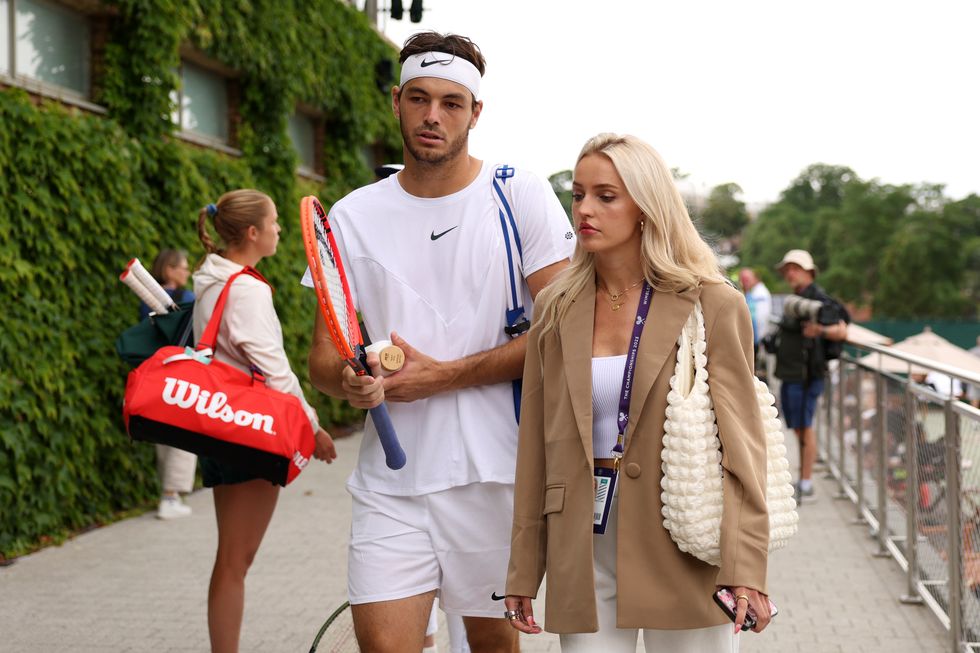 Riddle is frequently seen supporting him courtside, including at the 2025 WimbledonGetty Images
Riddle is frequently seen supporting him courtside, including at the 2025 WimbledonGetty Images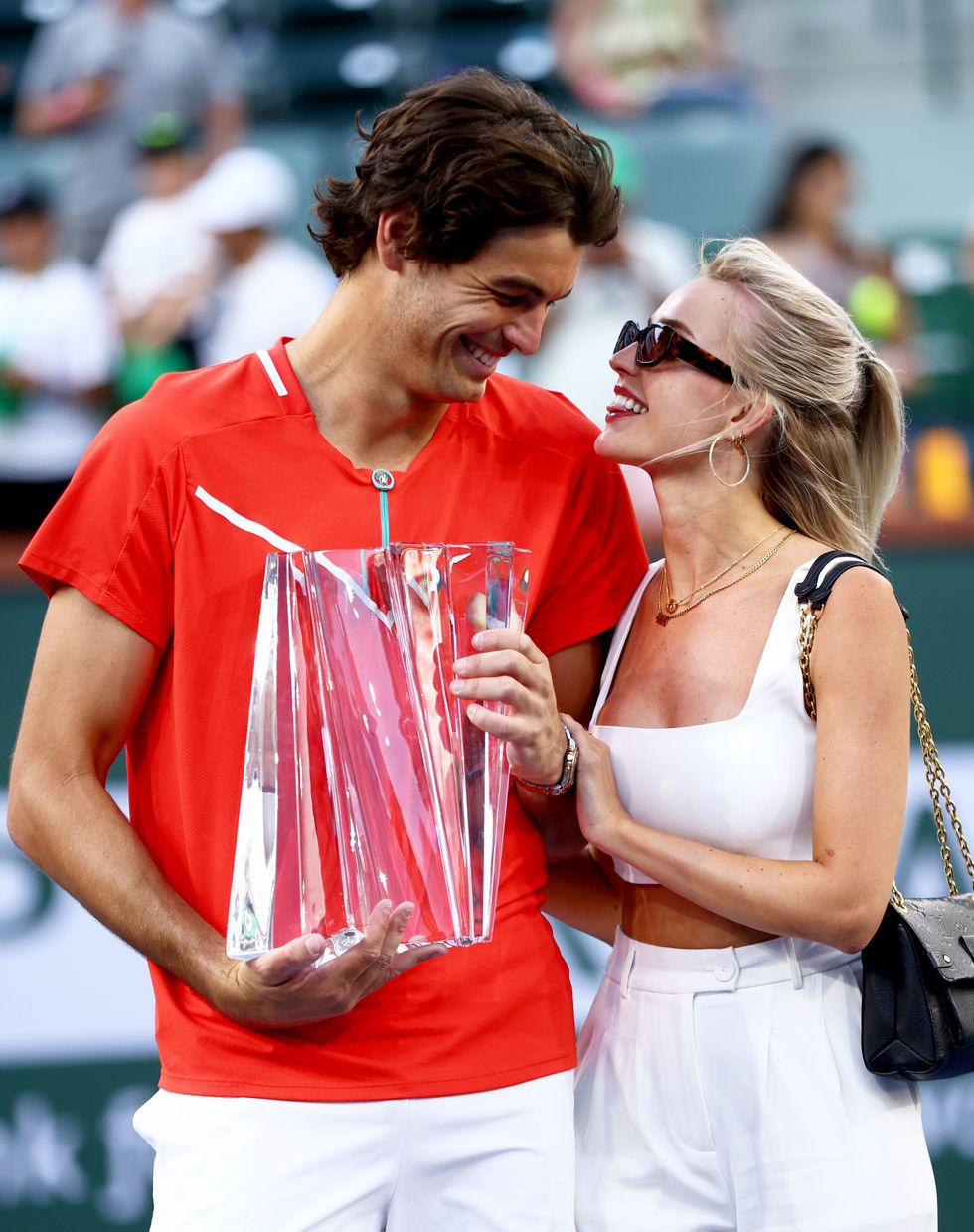 She has also used her platform to promote the sport among younger audiencesGetty Images
She has also used her platform to promote the sport among younger audiencesGetty Images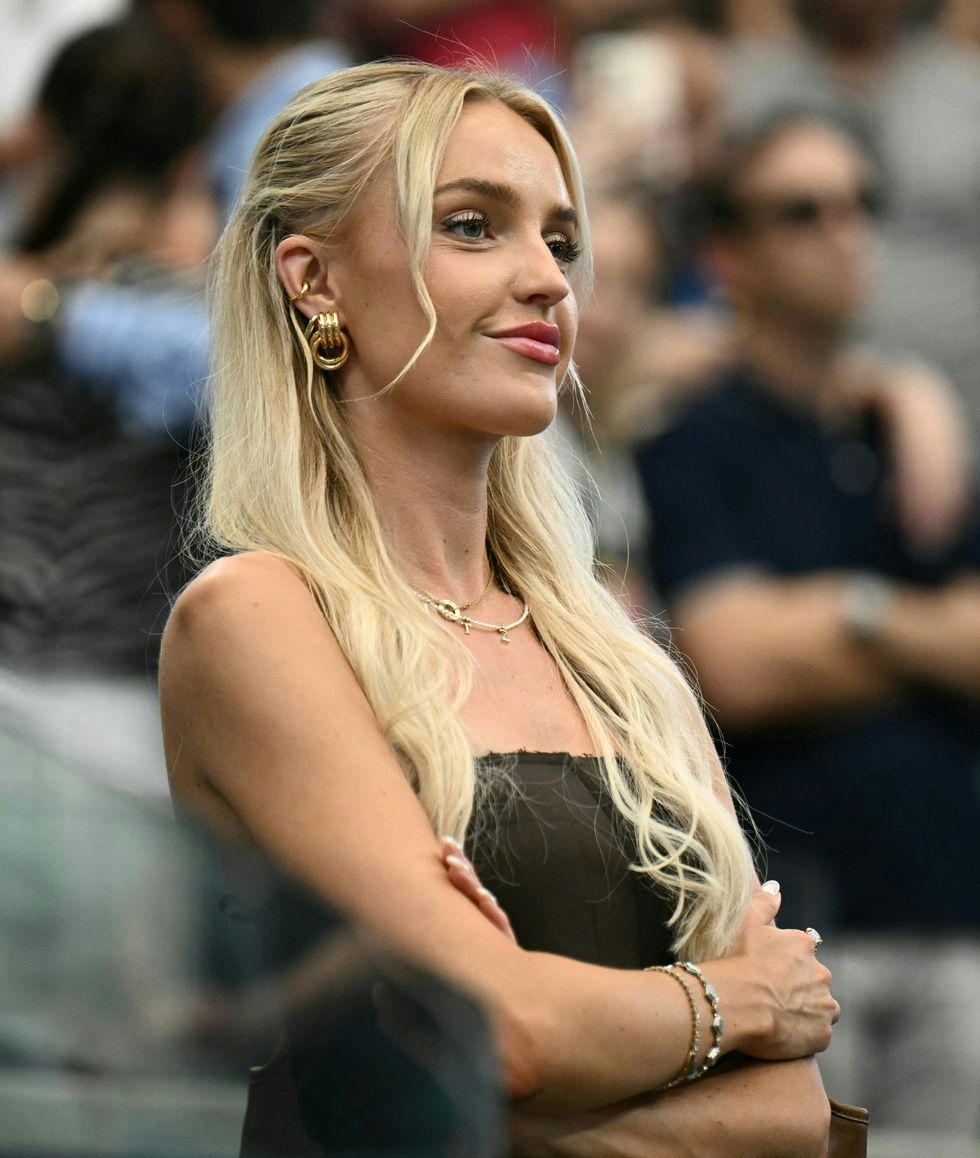 Morgan Riddle is an influencer and media personality with over 1 million followersGetty Images
Morgan Riddle is an influencer and media personality with over 1 million followersGetty Images











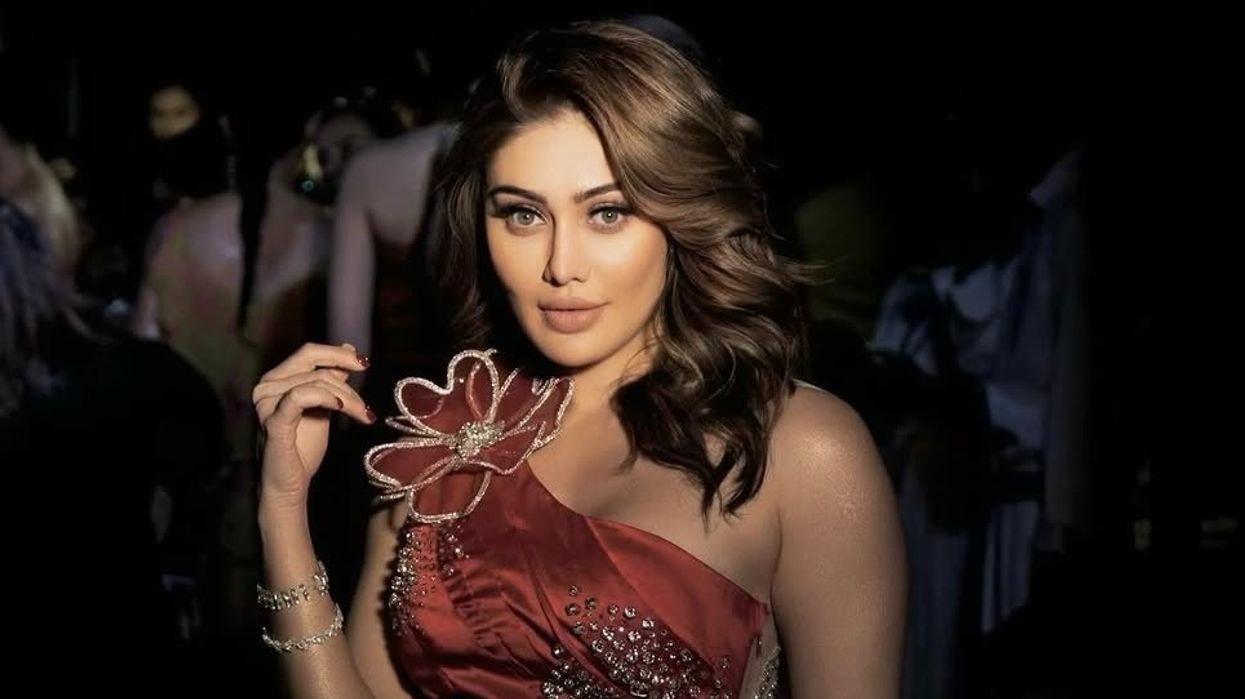
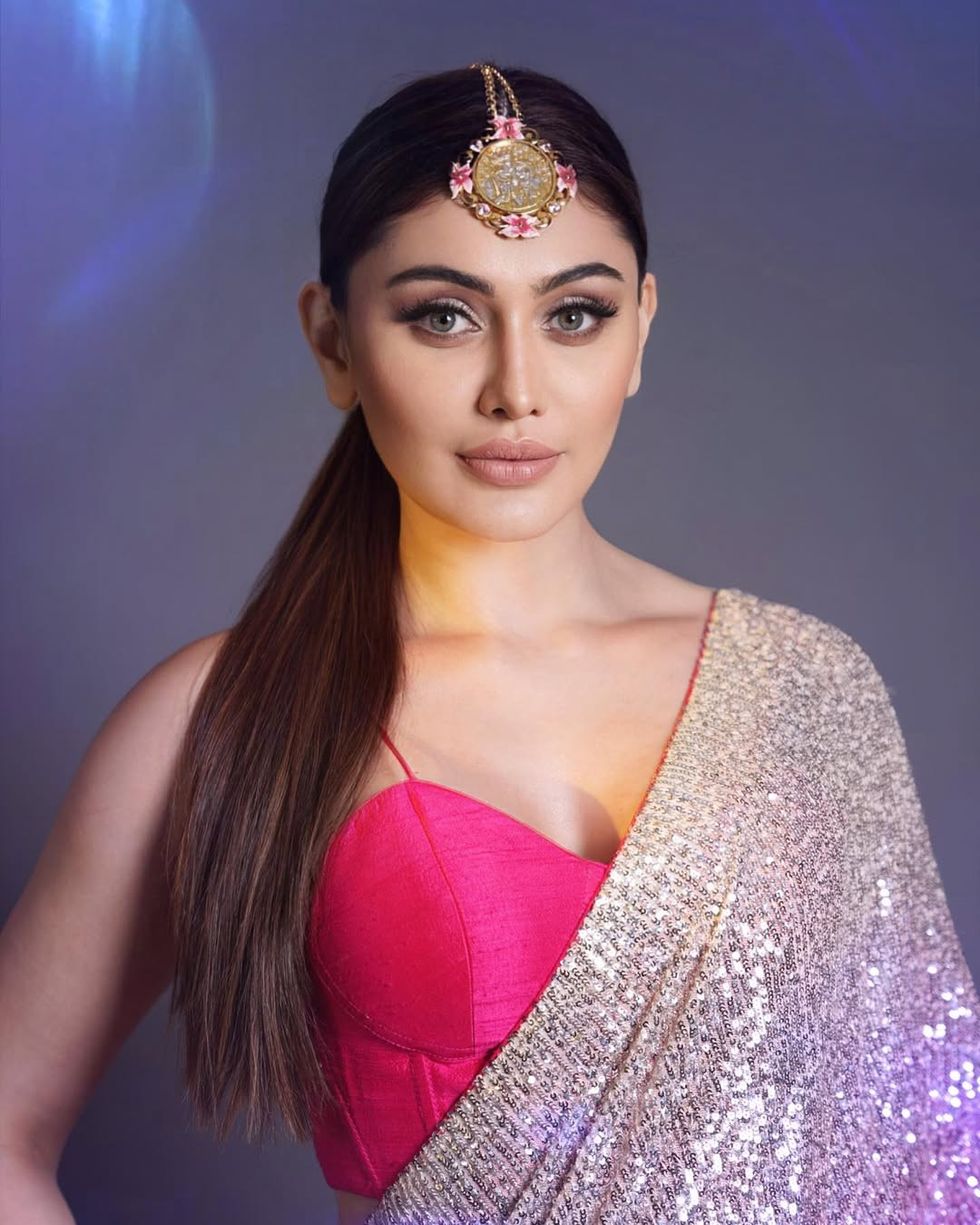 Shefali Jariwala death raises concern over anti ageing drugs and self medication Instagram/shefalijariwala
Shefali Jariwala death raises concern over anti ageing drugs and self medication Instagram/shefalijariwala 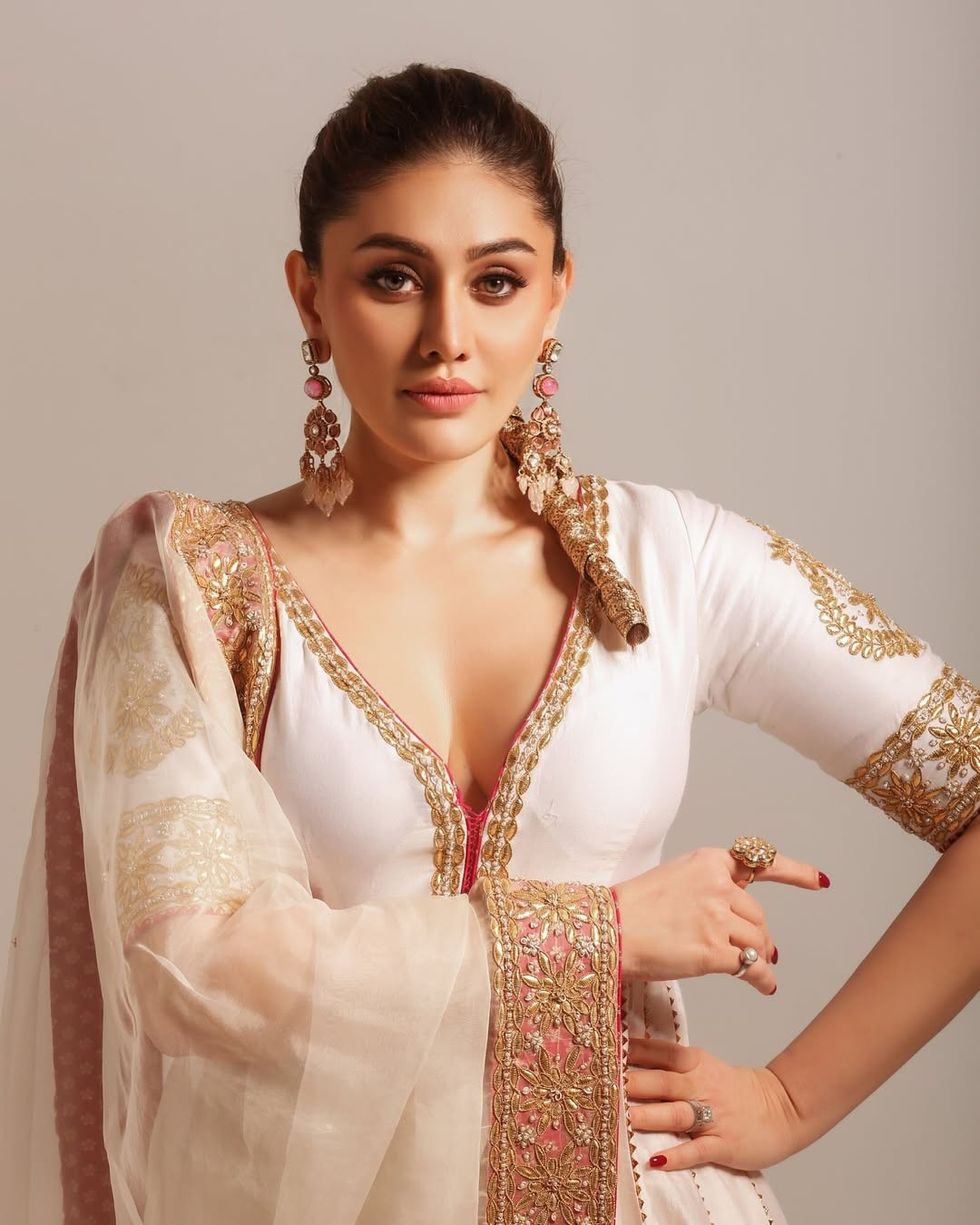 Anti ageing pills found at Shefali Jariwala home spark health safety debate Instagram/shefalijariwala
Anti ageing pills found at Shefali Jariwala home spark health safety debate Instagram/shefalijariwala